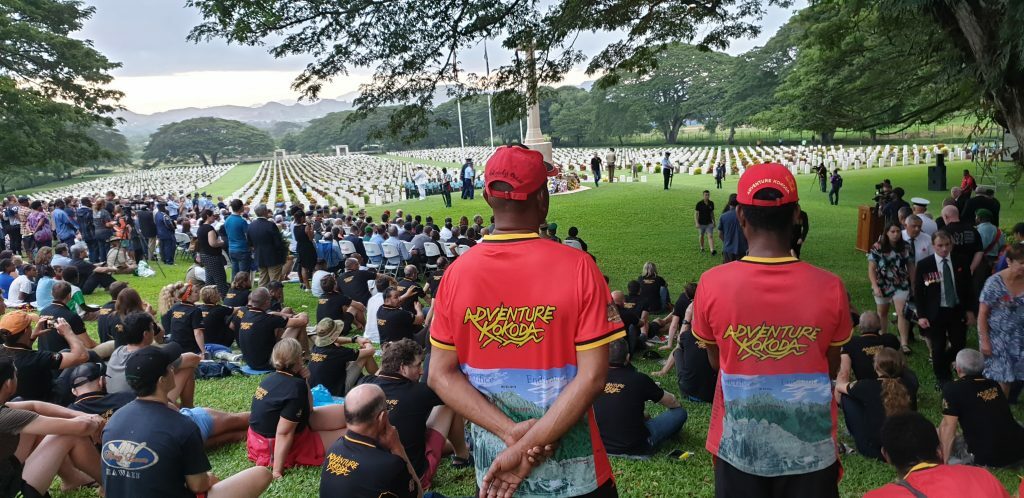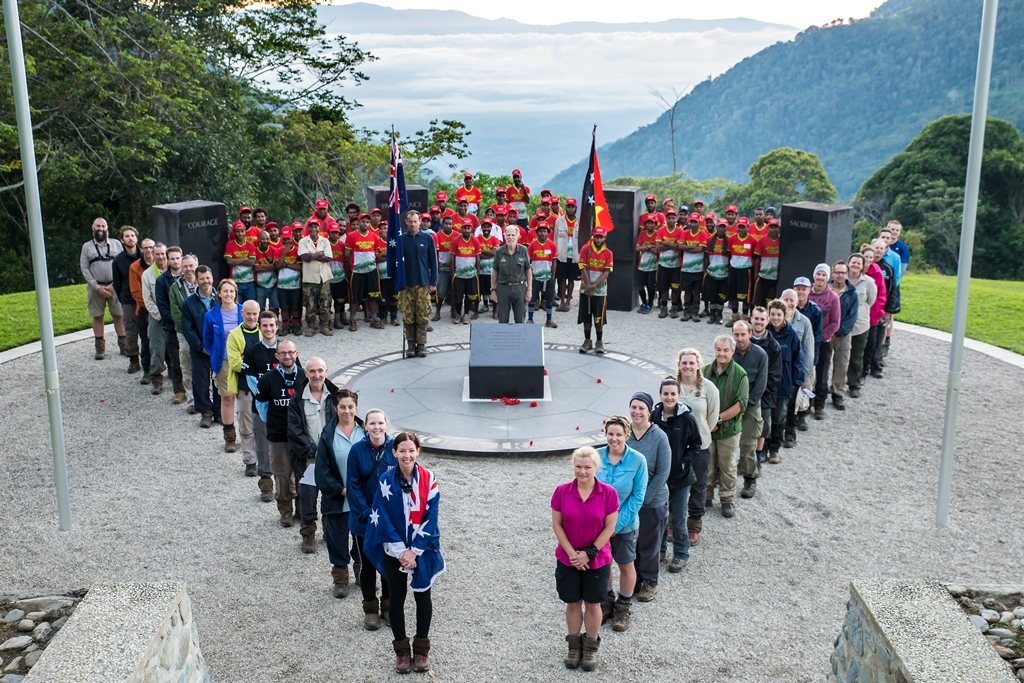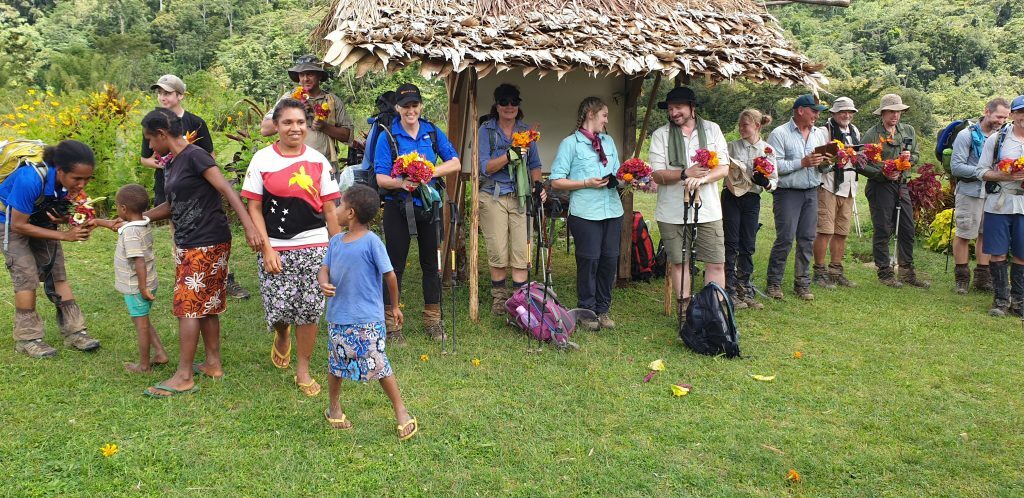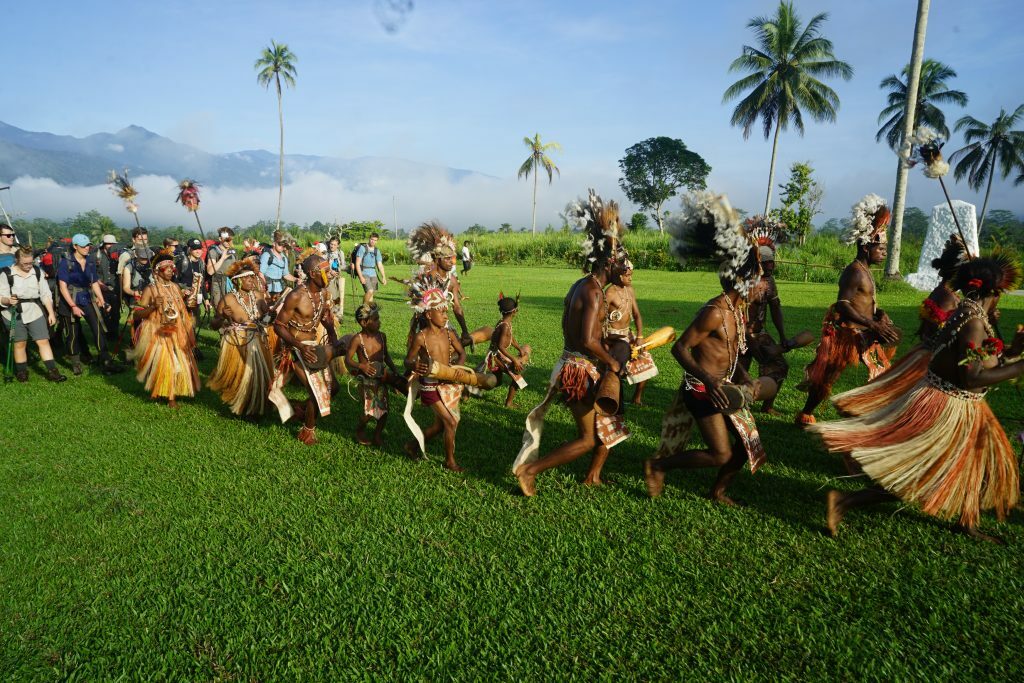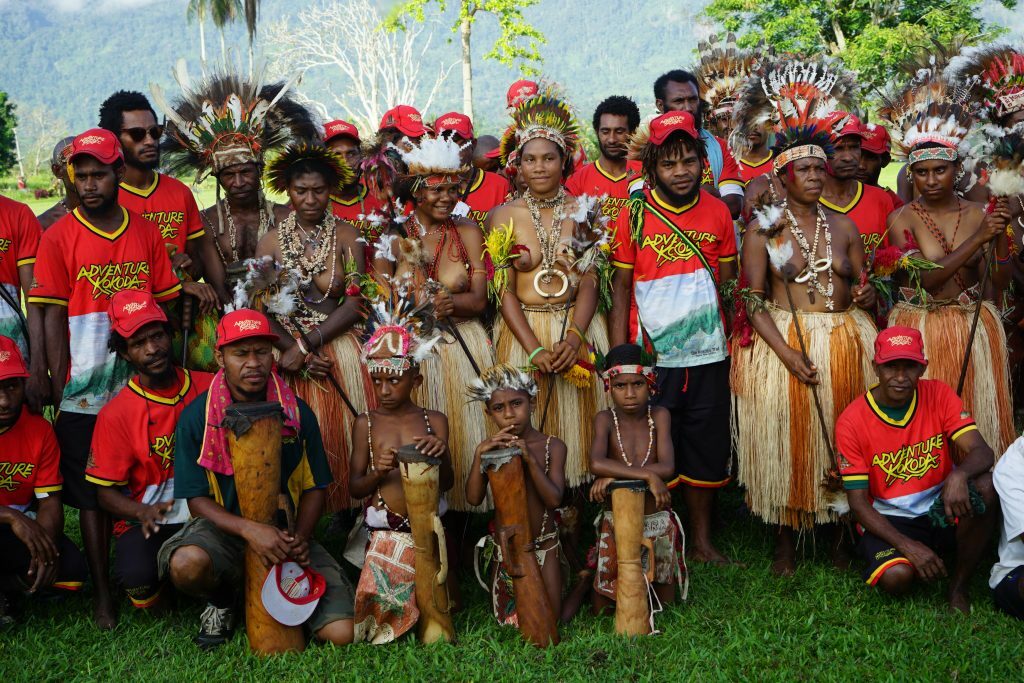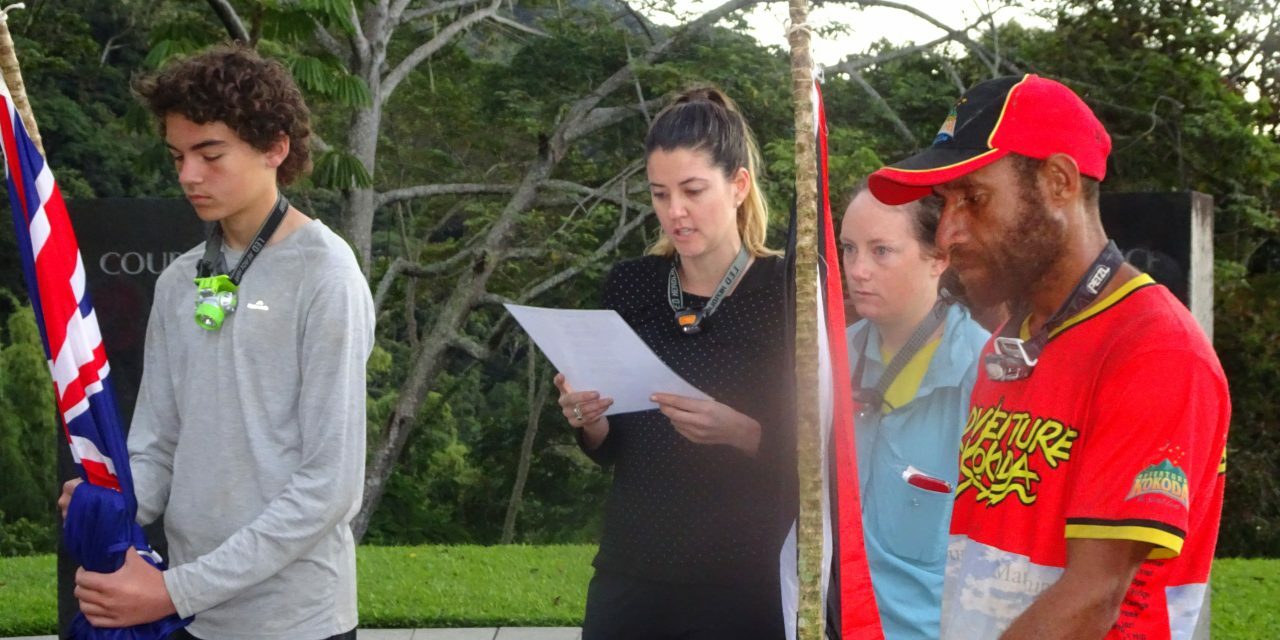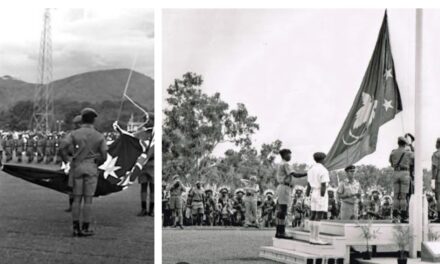Seventy years after the war in the Pacific the Kokoda Trail has become a gateway for a wartime tourism industry in Papua New Guinea. Over the past decade 30,000 Australians from all walks of life have taken up the challenge of trekking across the arduous trail that connects remote mountain villages between the north and south coast of the island nation.
Their reasons for trekking are varied. Most have an interest in the wartime history of the Kokoda campaign, some want to experience the rawness of village cultures and the pristine jungle environment while others do it simply ‘because it’s there’!
Whatever the reason the journey dispels many of the myths of travel to Papua New Guinea and opens eyes to opportunities for adventure travel within the land of the last adventure. Over the years various writers have tried to caption the essence of the ‘PNG experience’. It has been referred to as the ‘land of a thousand cultures’ with a ‘Parliament of a thousand tribes’. Others refer to it as the ‘land of the unexpected’.
Those who venture beyond the potpourri of cultures in shanty settlements around the nation’s capital in Port Moresby are soon captured by the simple warmth, innocence and curiosity of subsistence village cultures.
But beneath the surface in each of these villages are complex relationships between the lululai (village chief), pastors, one or more sorcerers, and several clan leaders.
These relationships are further complicated when a template comprising more than 800 languages is superimposed over the island. Seafaring coastal Papuans, Sepiks, mountain Koiari, highlanders, lowlanders, grasslanders and islanders with a myriad of sub-groups with strong bonds of mutual obligation the western mind will never understand.
Wartime tourism leads people off the beaten track to remote areas where traditional societies rely on subsistence agriculture to survive on a day-to-day basis. They live with interesting rituals and meet strangers with suspicious curiosity.
Local guides and carriers engaged to lead adventure tourists through these areas often bridge the cultural gap as they get to know their group during the journey. They are masters of their local environment and can educate their group members of the challenges their people face and their emerging needs.
The first step in ensuring adventure tourism is developed on a sustainable basis is to establish organisations and procedures that deliver shared benefits to local communities.
Adventure tourists generally like to leave a footprint in traditional societies. They are often willing to contribute to assist in meeting immediate health needs or assisting with educational development. The challenge for local communities is to ensure any contributions received via these channels are used for their intended purpose and that donors are kept appraised of the results.
This requires an independent organisational structure with the authority to collect, distribute, monitor and report on all philanthropic donations. A National Wartime History Corporation with a charter to develop legislation with strict governance protocols would ensure the potential of wartime tourism is realised. Specialist subsidiary corporations could focus on the potential and needs of particular areas – the Lark Force trek, the Kokoda Trail, the Kapa Kapa Track, the Black Cat Track, Shaggy Ridge, Milne Bay, the Buna-Gona Beach-Heads, Lae, Finchafen, Nadzab and Wewak are all capable of establishing viable wartime tourism destinations.
PNG currently has a critical mass of 30,000 people who have experienced the wonderful hospitality of Koiari and Orokaiva villagers; a spectacular jungle environment; and an emotional historical journey. Many would return if other wartime destinations were properly developed and advertised.
Wartime tourism is itself a unique gateway to the development of a world class adventure tourism industry in Papua New Guinea. The challenge is to ensure proper management structures are put in place to facilitate the entry of adventure tour operators and ensure local communities receive shared benefits from the industry.
